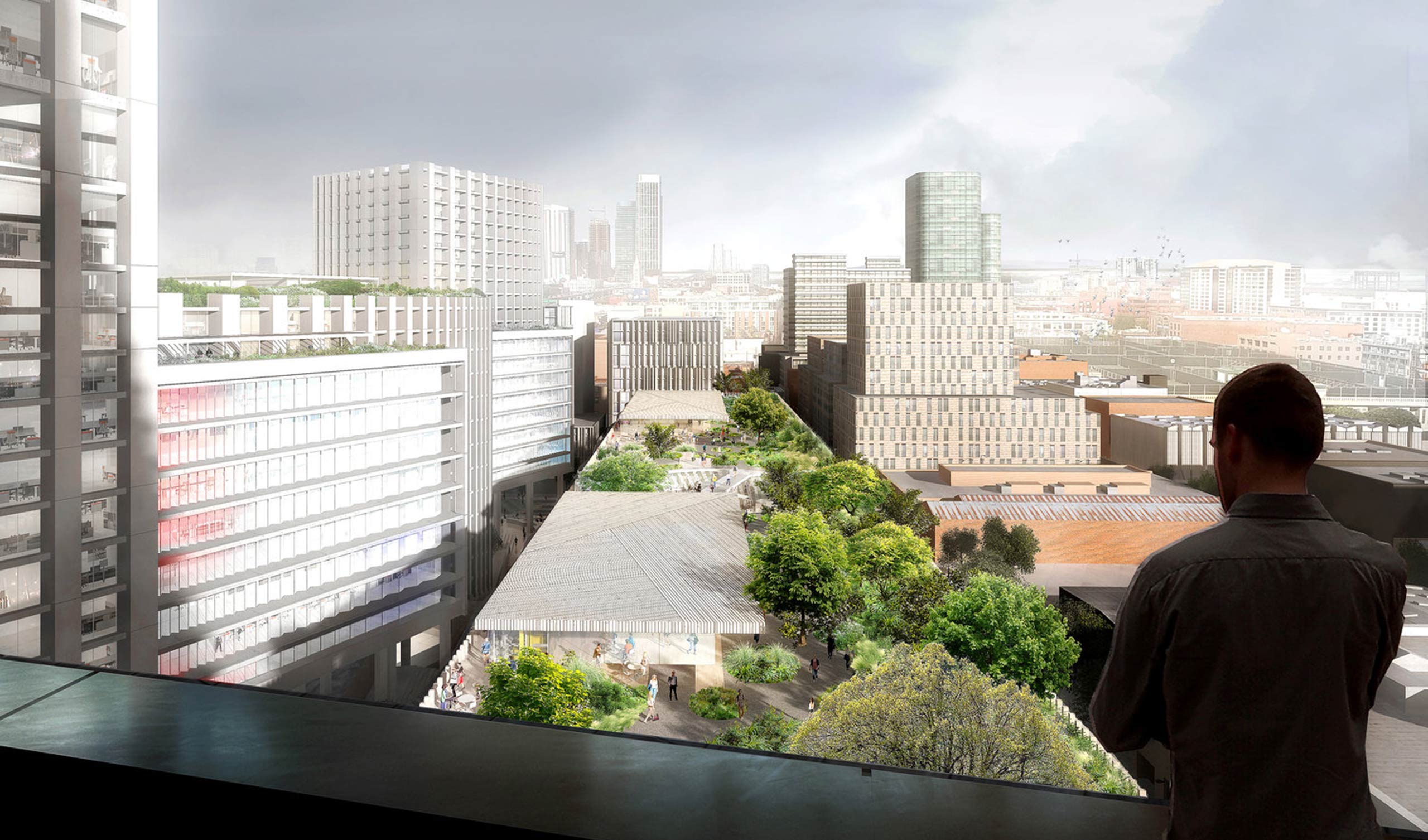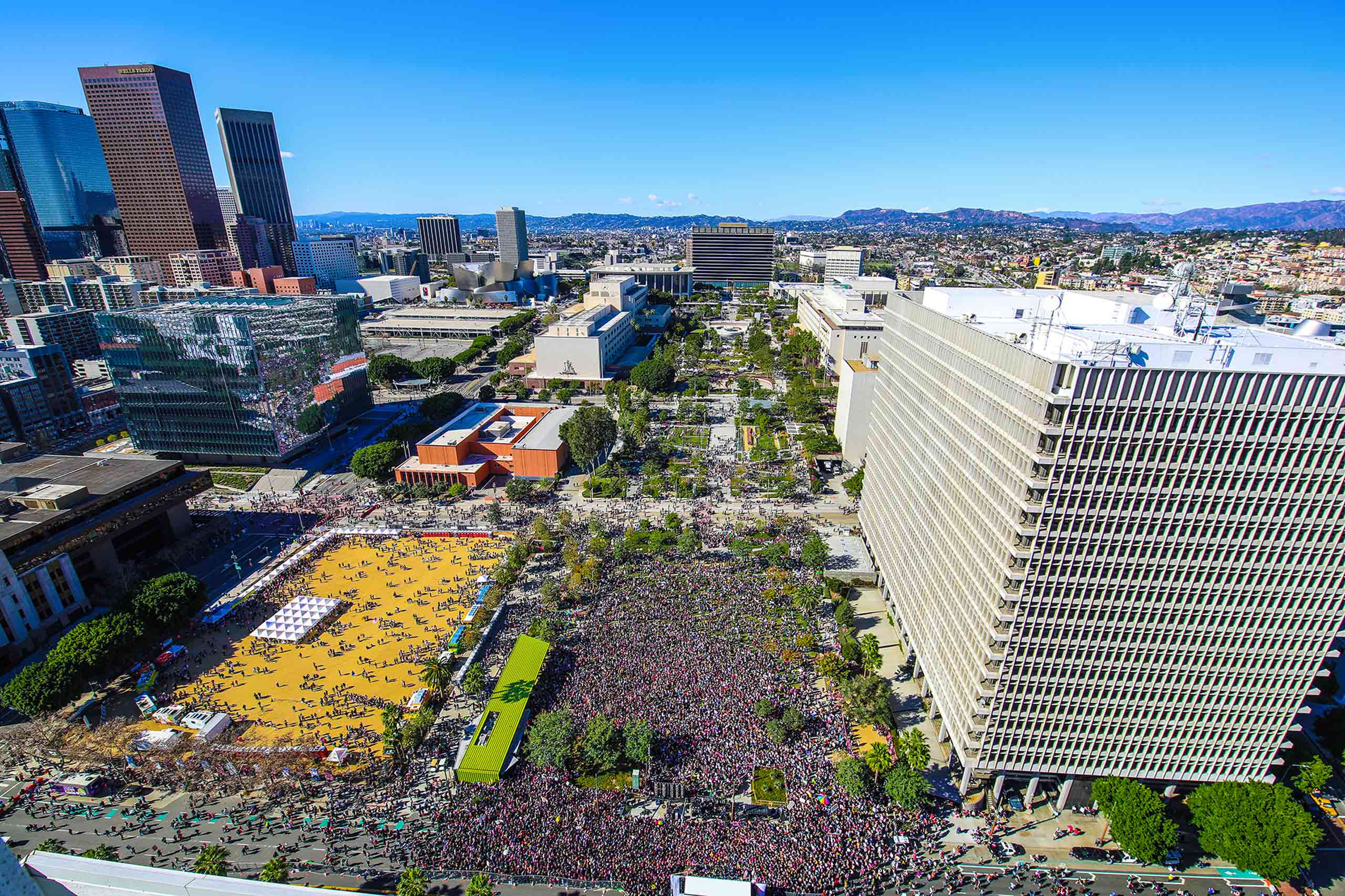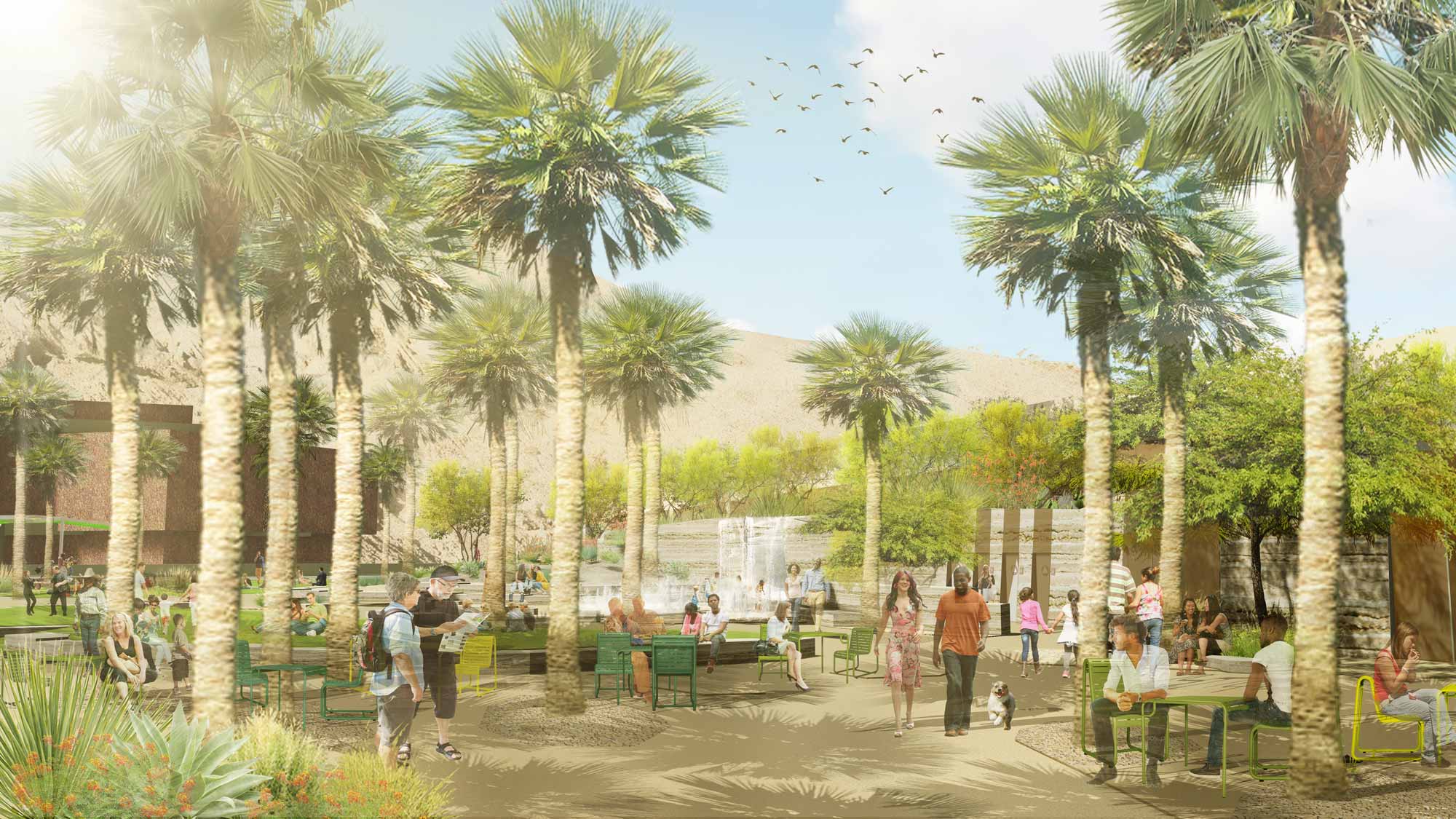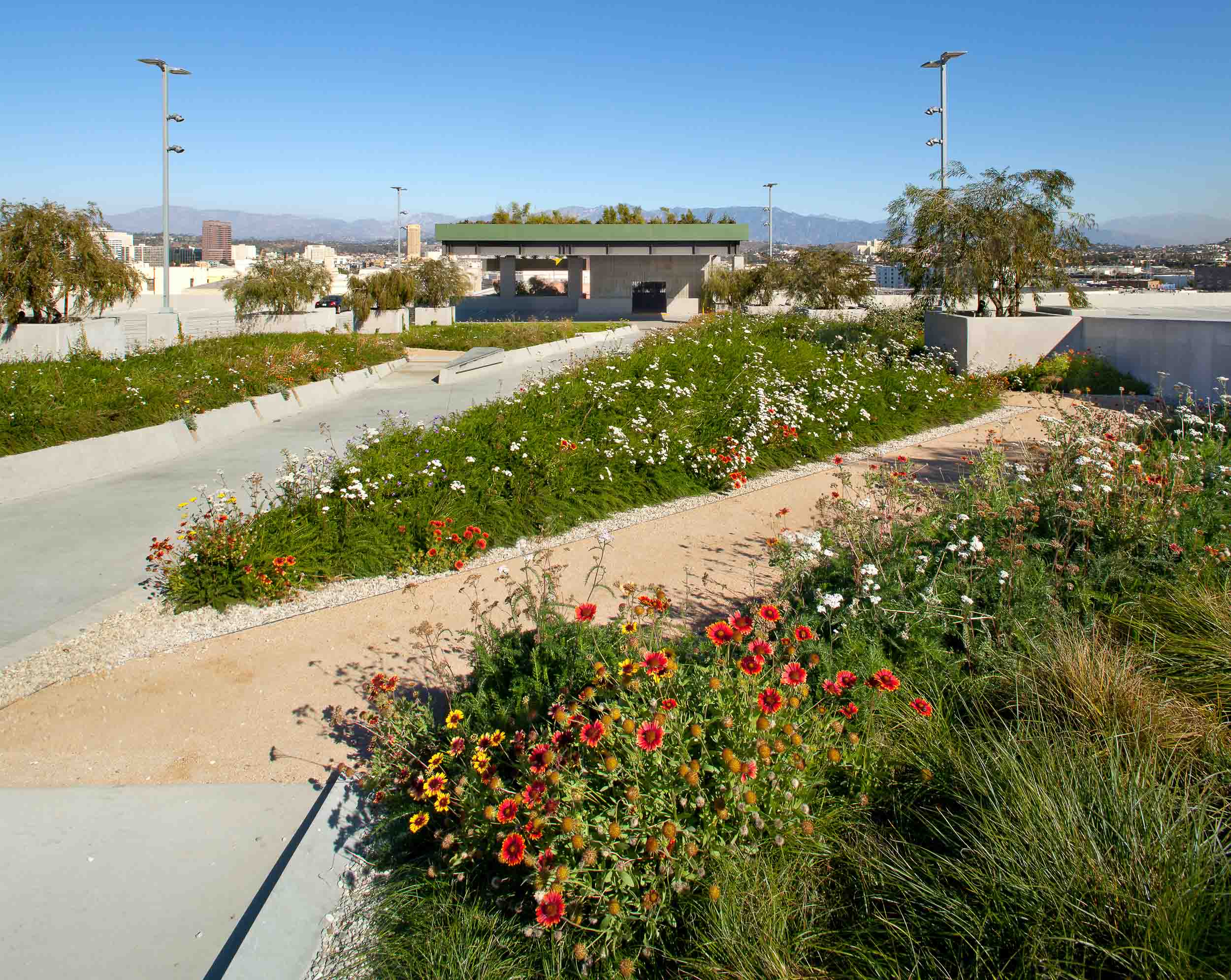The Future Imperfect
By Ruth Siegel
Among our landscape architecture team here, one question we ask ourselves again and again is: How can we as designers have a positive impact on our cities and on the natural environment that sustains and enhances our cities?
On the heels of an extremely destructive hurricane season from which many cities are still in recovery, the recent devastating fires and mudslides close to home have clearly demonstrated the failures of our urban systems and the influence of our development practices in Southern California. In the wake of these destabilizing natural disasters, we have a renewed focus on understanding and testing ways for design to address this rapidly changing landscape (both metaphorical and physical).
Systems-based thinking lies at the core of landscape architecture. No matter the scale of our work, we have to zoom out to understand the hydrology, topography, vegetation, ecology and other larger forces acting on our sites. Though we place borders around our projects, landscapes are intrinsically interconnected. Stormwater does not stop flowing at a property line and mountain lions don’t obey our traffic laws — often sadly to their demise.
With this multi-faceted and integrated approach to design, landscape architecture is the discipline inherently positioned to lead the way in addressing our future urbanistic and climatic challenges.

This project reimagines rooftops as an extension of the pollinator pathway, while establishing a strong connection between the landscape and the workplace.
Shaping the Future of Urbanism
Over the past decade, Los Angeles has been undergoing an incredible urban renaissance, shifting from a car-centric model based on privatized landscapes to one that embraces public transit, higher densities, walkability and shared communal landscapes. We are building on this momentum, with the understanding that innovative public landscapes have the power to serve as epicenters of our community and our democracy – offering a platform for public forum and protest, for grieving, for idea sharing – and for dialogue that leads to new modes of thinking and being. A testament to this is the collective gathering space at Grand Park, which served as the backdrop for hundreds of thousands of people congregating for Women’s March the past two years.

The RIOS-designed Grand Park was the site of the 2018 Women's March in Los Angeles.
In an era of cultural/political polarization and digital screen saturation, our design work more than ever must focus on drawing communities out of their isolated privatized spaces into landscapes where they are able to connect in meaningful ways. By curating unexpected, delightful and tangible interactions with our urban and natural environment, we can foster inspiration and create positive lifelong memories.

Palm Springs Downtown Park will create a destination for gathering when it is complete in late 2019
Designing for Climate Change
As landscape architects, we are trained to design for dynamic conditions – our landscapes are intended to evolve over time with the changing seasons of the year and with the processes of maturity and decay over the course of decades. But with climate change we now are dealing with a new dimension in dynamic design. Planting and soils conditions are changing in unforeseen ways. The typical lifespan of a public landscape is about 30 years on average. What we design and plant now will have to work both today and in a much dryer, warmer future predicted some few decades from now.
There is tremendous potential for landscape frameworks within our built and natural systems to minimize damage due to the changing climate, helping to mitigate floods, drought, fire, storm surges, and absorb greenhouse gases. We see this as our greatest challenge and obligation. In fact, we’re putting this to the test in the soils lab in our own back yard.

As part of a research project to better inform our projects, we are studying the impact of amended soils and other types of soil modifications on plantings in our own backyard along Exposition Ave.
In this unprecedented era of change, we are working hard to understand and anticipate the next urban and environmental changes that will impact our work in the coming decades. We are grappling with the complexities of designing meaningful landscapes that can adapt to the evolving development and climate realities that are already impacting our cities.
While we grapple with this context of future unknowns, we are comforted knowing that landscapes are extraordinarily resilient and that design innovation is limitless. This knowledge empowers us as we dream and strategize about designing better, stronger and more holistic futures for our evolving cities.

At ROW DTLA, a primary goal was for the landscape to envelope the structures. A garden tops a parking structure within the urban contexts.

